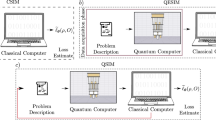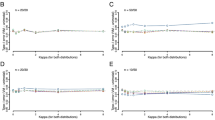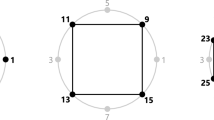Abstract
IN NATURE of March 18 Mr. A. S. Percival gives an example (the quadrant of a circle) in which Simpson's rule (sometimes called his first rule) is more accurate than the “three-eighths” rule, and he remarks: “This result is curious, and shows that a small arc of a circle approaches more nearly to a small arc of a parabola than to a small are of any cubic curve.” Permit me to point out that this inference is not valid, and is based on the almost universal illusion that Simpson's rule is correct to the second order only, i.e. for the parabola y = a + bx + cx2. It is easy to show by simple integration that Simpson's rule holds to the third order, i.e. for all cubics of the form y = a + bx + cx2 + dx3, passing through the three chosen points. It is thus precisely accurate, not only for the parabola, but also for a singly infinite number of curves passing through the three points, even if an inflexion occurs.
This is a preview of subscription content, access via your institution
Access options
Subscribe to this journal
Receive 51 print issues and online access
$199.00 per year
only $3.90 per issue
Buy this article
- Purchase on SpringerLink
- Instant access to full article PDF
Prices may be subject to local taxes which are calculated during checkout
Similar content being viewed by others
Author information
Authors and Affiliations
Rights and permissions
About this article
Cite this article
ROGERS, R. Some Methods of Approximate Integration and of Computing Areas. Nature 105, 138 (1920). https://doi.org/10.1038/105138b0
Issue date:
DOI: https://doi.org/10.1038/105138b0



